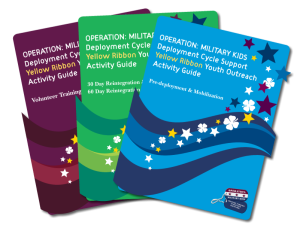This Babysitting Curriculum Guide is designed to help middle school and teenaged youth learn what it takes to be a responsible, caring , trustworthy, competent, capable, and safe babysitter.
As you work through the lessons with youth in your group, you will find that they learn the basic information on how to be a competent, responsible, and caring babysitter. They will also develop “life skills” such as caring, managing resources, decision-making and communication. (See “Promoting Life Skills” in the Appendix page 123). Each activity notes at least one life skill and uses the experiential learning model (See “The Experiential Learning Model” in the Appendix page 125) or “hands-on learning to reinforce it.” Based on the discussions your teens have, you may find they are learning other skills. That is great! The more skills they use and practice, the better. Your goal as Child & Youth Services’ staff is to provide opportunities for the young people in your program to learn, grow, and move successfully into adulthood. By encouraging them to “do,” “share,” “process,” “generalize,” and “apply” the life skills learned in each lesson, you are doing just that!
The 4-H/Army Child and Youth Services Teen Babysitter Curriculum is comprised of a Facilitator Guide designed for qualified 4-H and military Child & Youth program staff to train teens, aged 13-18 in Babysitting Skills. The curriculum is divided into 8 Chapters. Teens learn about the ages and stages of child growth and development, safety, food and nutrition, how to handle emergencies, appropriate activities to implement with children, and the business of babysitting. The available version is the most recent version of the curriculum – revised 2020.
- Curriculum includes lessons and resources, which can be accessed on the 4-H Military Partnership Youth Babysitting webpage.
- Below are the associated slides to follow along the curriculum lessons:
-







